Lemurs, turtle rescue & lobsters – Josh’s tales from Madagascar
Volunteer Experiences / 20 June 2018
Josh shares his experience volunteering on our Madagascar Conservation placement.
“I have just come back from the most amazing 6 weeks in Southern Madagascar undergoing volunteer conservation work that specialises in conservation, development and education. I wanted an experience whereby I could give back to the environment as I am a passionate about its protection and conserving it for future generations.
The Conservation Program exceeded these expectations and I had a really fantastic time in an exceptional country that I know few people have actually visited.
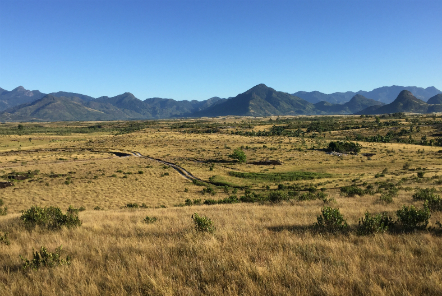
I recommend this program or at least undergoing volunteer work in a remote place for everybody – from people taking gap years, a career change, a prolonged holiday or anybody just looking to do something out of the ordinary. The scheme I was involved was fantastic, the staff and fellow volunteers were great and the work you get to do is very rewarding.
The highlight of the trip was being able to rescue, keep alive and help release a huge leatherback turtle (which was as long as I am tall – 6ft ish) back into the ocean after it had been hauled in by the local fisherman. We cut it free, kept it alive by providing shade and fetching buckets of water from the sea to refresh the turtle because the blazing heat was exhausting it. The moment in swum away sent goosebumps down our spines.
Here is a link to the wonderful moment on my twitter page here.
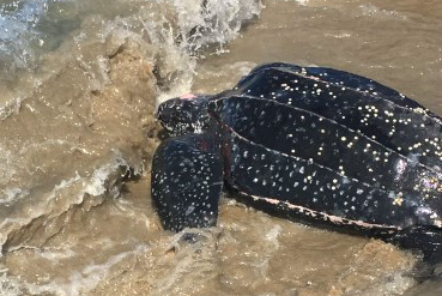
The Project Itself
On arrival to Tolagnaro (Fort-Dauphin), we were picked up and taken to the local camp to pitch our tents (I hired one) and then to receive our initiation, walk round the city taken in the local scenery, meet the staff and see the office. After a 1 night stay in Fort-Dauphin, we took a camion ride to the bush in Sainte-Luce which took several hours and is an experience in itself and has the most beautiful mountainous views you could ask for.
Camping in a tent for 6 whole weeks was very liberating. The highlights of camp were the staff, my fellow volunteers, the lemurs jumping around camp eating guava off the trees and looking up at the night sky with the stars and their constellations. Cold bucket showers, hole in floor toilets, washing the dishes & eating rice and beans became the norm.
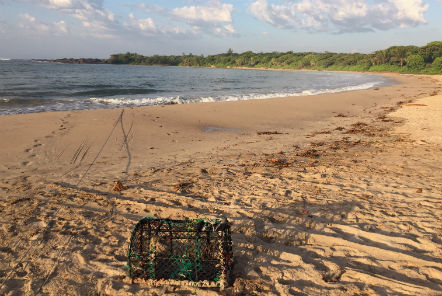
The conservation research consisted of forest analysis, herpetology and lemur transects and lobsters. We would also teach in the two local schools in nearby villages/towns on a Wednesday and Saturday; lessons included sustainable lobster fishing, the rules of the forest, fungi and the planets in the night sky. Each lesson would start with some local Malagasy songs, followed by chants of everybody’s name “Josh-ie, Josh-ie, Josh-ie” – the closest I will get to stardom!
Forest analysis consisted of collecting data on canopy cover, leaf litter, tree diameters and the infamous ‘touch-pole’ evaluating the amount of leaves touching the pole every 0.5 meters. The idea is that when the data is inputted, it will highlight how dense parts of the forest are and how well the forests are doing. It will eventually be compared at a later date when the same patch of land is analysed and to see whether anything has improved or declined in the time period.
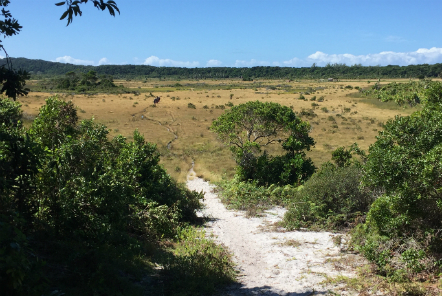
The lemur transects would take place at night as many of lemurs located in Sainte-Luce were nocturnal. We would go out with our head-torches and see several a night – the mouse and dwarf lemurs were really cool to spot.
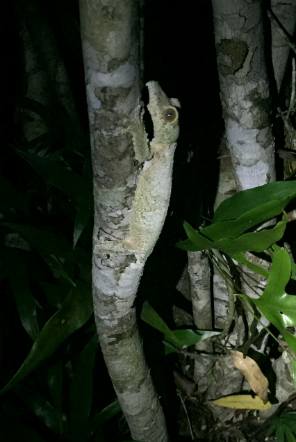
The herp transects would take place both in the day and at night, we would see a lot of pygmy chameleons and frogs, snakes were also seen quite regularly in which we had the opportunity to hold some of them which was exciting. The coolest creature to spot was the leaf-tailed geckos which would blend into the bark of the trees/branch and be very difficult to see. The guides were exceptional at spotting the animals.
The lobsters were also very interesting to witness (bar the early 6am starts) whereby we would measure the size of the lobsters and their weights to promote more sustainable lobster fisheries for their future livelihoods. There was one that looked distinctively like a potato.
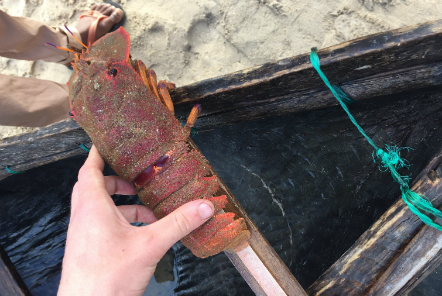
Once a scheme, you also get the opportunity to see the flying foxes (fruit bats), the sheer sound and number of them you see is incredible and the journey there, on the pirouges (rowing boats) and the walk is wonderful. On your off days, you can visit the various beaches (S17 is the coolest), relax at the beach bar and swim in the sea. There is also a bar and shop in the closest village to the campsite, whereby beers cost roughly £1. Azafady ohmayo rikey la biera (don’t hold me to the spelling) is how you ask for 1 beer, obviously a crucial part of the trip learning how to ask that. The rum was also cheaper than a bottle of coca-cola and was really nice.
Time off – Exploring Fort-Dauphin & Berenty
Tolagnaro (formally Fort-Dauphin), the main city where the charity office was located is a beautiful city in the day, the markets are vibrant selling everything you can ever need and gives you the opportunity to barter goods down – I bought a peak of fashion McDonald’s rucksack.
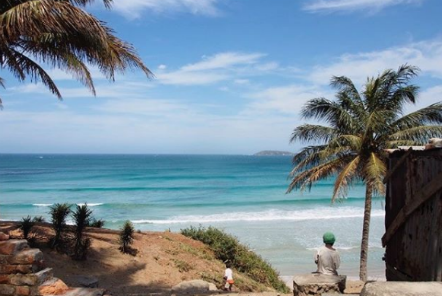
The beaches are beautiful all in their own right and I had the opportunity to surf a couple of times whilst out there which was great fun and inexpensive. And the restaurants too are very nice, a great opportunity to get a nice cold beverage and log onto the free WiFi. Pizza Express – not ‘the’ Pizza Express that we are all accustomed too but still nice nonetheless (they offer moped delivery too) and Kaleta too has its own bakery and restaurant and has a really chilled atmosphere in its open spaced courtyard.
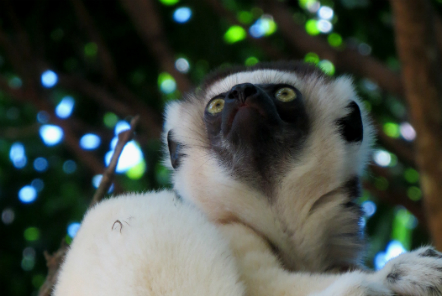
Myself and several other volunteers split the costs for a trip to Berenty (where David Attenborough has done a lot of filming) – this is where you will see the ring tailed lemurs and many other species literally everywhere, an incredible place, with affordable lodges (which were really well built with en-suites), affordable food & drink and it even had a pool table to play at. We got to climb the baobab trees, hang from vines, undergo more transects and had an interesting museum tour too and the place was just amazing. I would highly recommend visiting here if you get the chance to go to Madagascar.
Madagascar is a beautiful country which I will miss very much whereby I made great friends and had a wonderful time ”
To find out more about the Madagascar Conservation project which Josh joined you can see our project page here: https://www.podvolunteer.org/projects/conservation-madagascar







